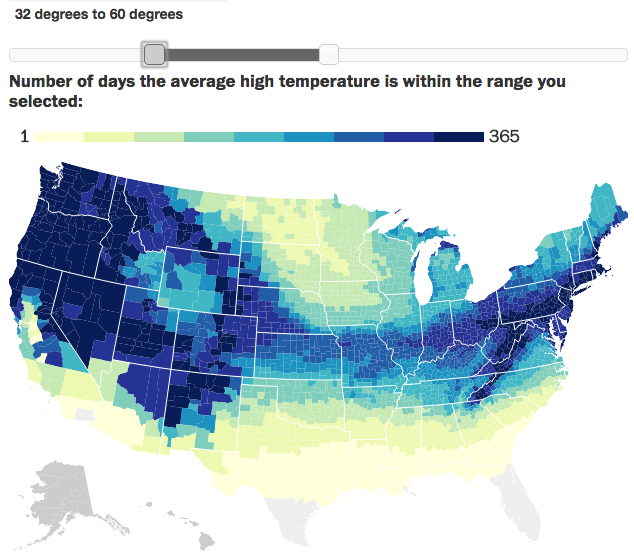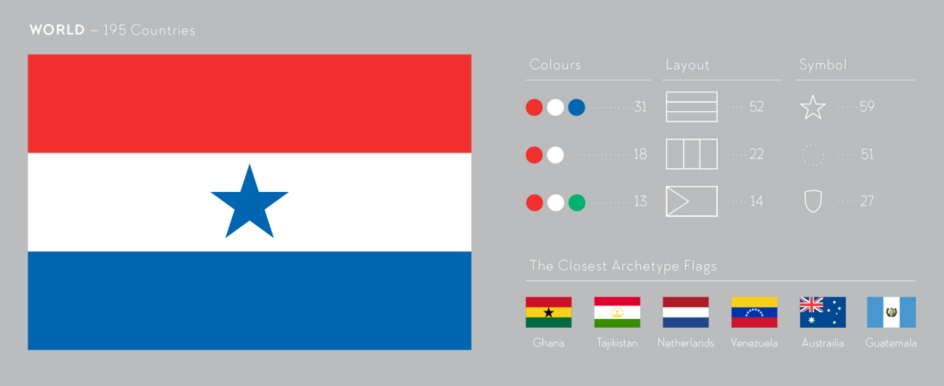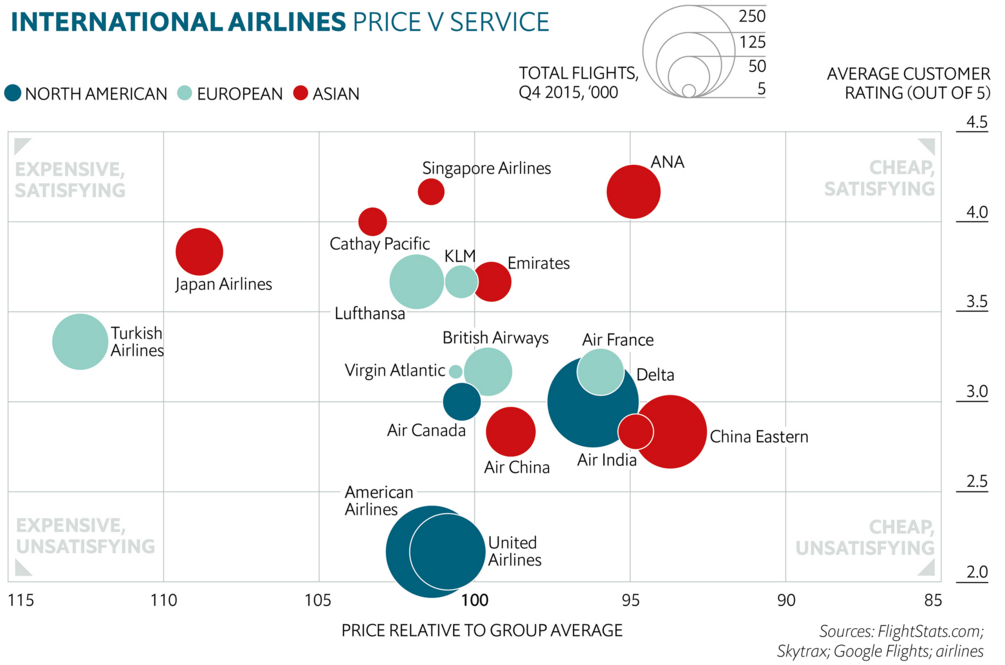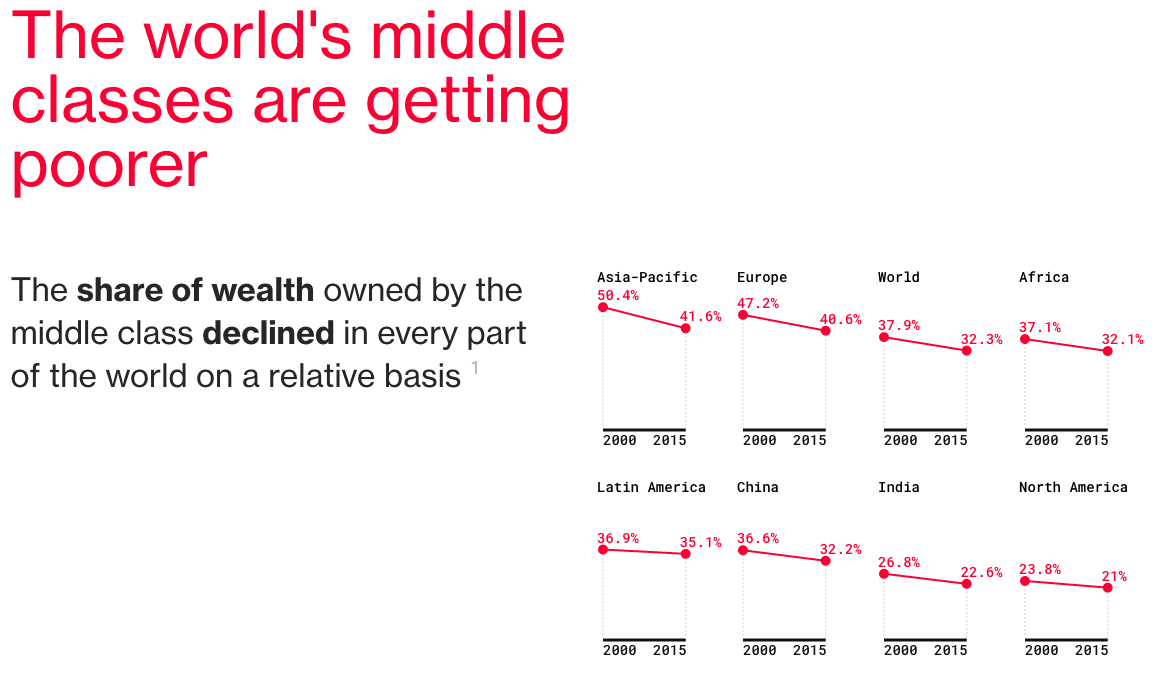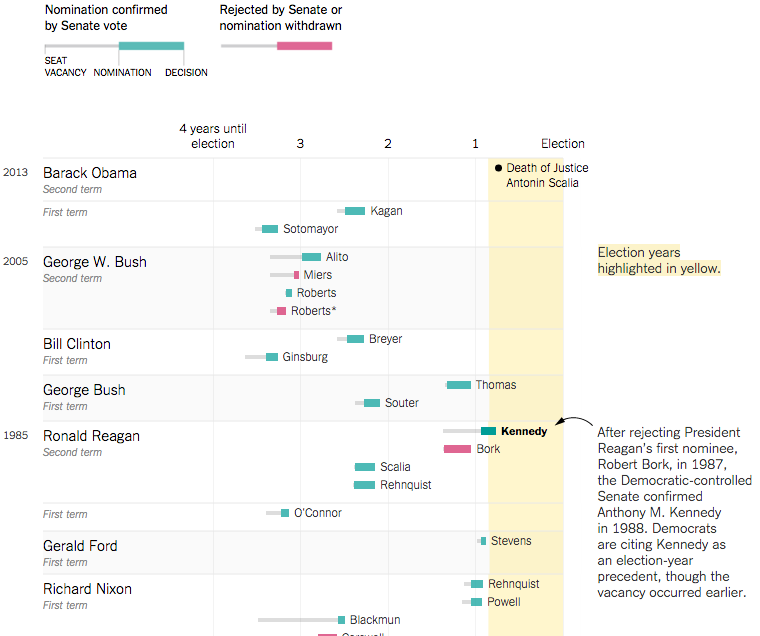My apologies to you for the blog being down the last week and a half. This is what happens when I get 33,000 spam comments in the span of 24 hours: the blog crashes. Rest assured, I have lots of things to post.
But for today, we are picking up after a yuuugge night for Donald Trump so let’s get on with the data visualisations. Trump decisively won Connecticut, Delaware, Maryland, Pennsylvania, and Rhode Island with a majority of votes in every state. As he made sure to point out, winning 50–60% in a three-way race is quite difficult to do. Simply put, Cruz and Kasich got destroyed.
Why is that? Well a few days ago—can you tell I meant to post this then?—David Wasserman over at FiveThirtyEight posted an insightful article about the various counties thus far contested and how, when divided into quadrants based on socioeconomics and conservativeness, Trump has won three out of four quadrants. The whole article is worth the read.
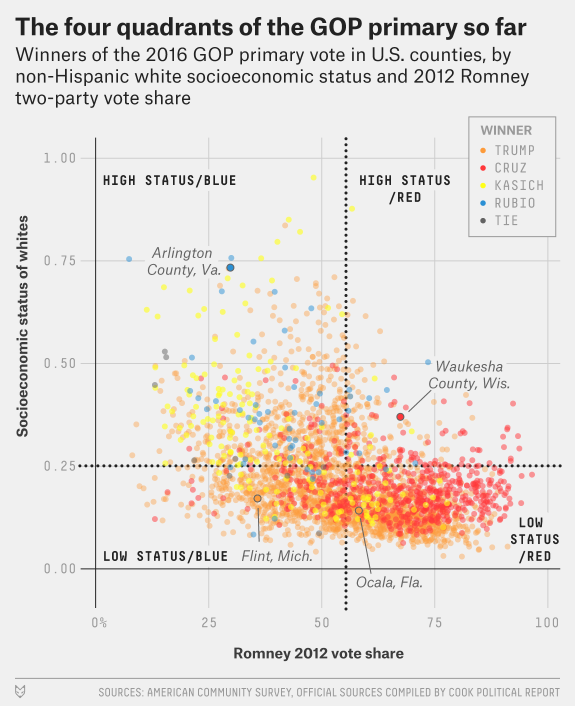
Credit for the piece goes to David Wasserman.

